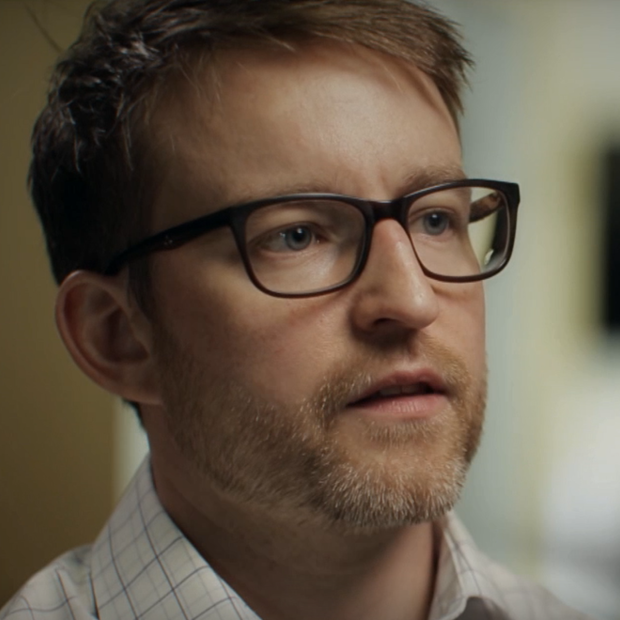This was Feb. 22, before coronavirus dominated every waking minute of life in Washington. When Mondays meant returning to the office, and weekends were a respite. Back then, an evening with friends didn’t seem like a threat to public health: The worst anyone expected was a hangover.
But this party had a sulking wallflower lingering invisible somewhere on the periphery, waiting to be swept in to ruin the fun. Coronavirus arrived unannounced and then ghosted, making it a night no one present would soon forget.
None of the friends gathered for the house party remembered anyone being sick that evening, host Elizabeth Schneider said. Three days later, she and a dozen or so of her friends struggled to get out of bed.
Symptoms began when she awoke on Feb. 25. She didn’t feel great, but she left for work anyway, figuring she’d overdone it on Saturday. Her condition worsened as the day wore on, and she left for home after lunch to recuperate. That night, her fever spiked to 103 degrees.
Personal accounts of coronavirus: One Bainbridge couple, two cases of the virus and wildly different symptoms.
“I was shivering uncontrollably, I got the chills and my hands were starting to tingle,” Schneider said. “All I could do was basically brush my teeth, take my contacts out and go to bed.”
Checking Facebook as she hunkered down at home, she noticed a friend who had been at the party was also sick. Schneider said a thread joined by other attendees drew 700-plus comments.
“We all just thought we had the flu,” Schneider said. “I honestly didn’t think about the coronavirus at all. … It’s one of those things where you read about it in the news, but it’s like, ‘That’s not going to happen to me.’ ”
As the days passed, Schneider’s friends visited their doctors for flu tests, which all came back negative. None of them were tested for coronavirus. Instead, Schneider said, “they were all told to just go home and recuperate.”
The Seattle Flu Study, a Bill & Melinda Gates Foundation research effort aimed at tracing the seasonal flu, agreed to test them. On March 7 — two weeks after she had been exposed — Schneider got a call notifying her that she, like at least seven others at the party, had tested positive for COVID-19. Not long afterward, Flu Study researchers were directed by the federal government to stop offering tests like the one Schneider received.
Two weeks passed — weeks that saw coronavirus morph from a faraway tragedy into a local plague burning through a Kirkland nursing home — before Schneider got the news that she had COVID-19. Her symptoms had passed by then, though Schneider’s experience may have offered insight into the still-mysterious disease
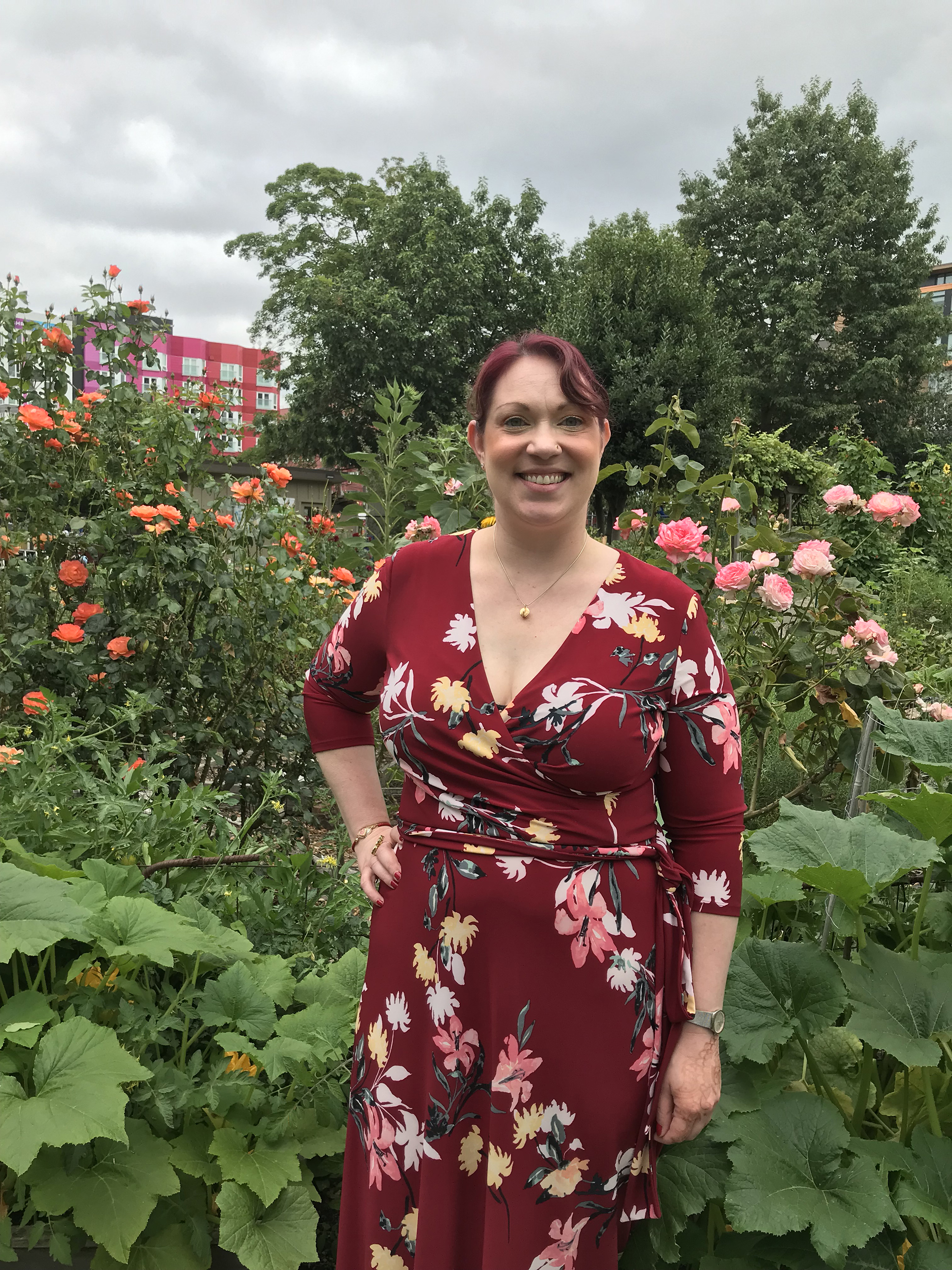
Tracing the origins of a pandemic
Crucial questions remain about how coronavirus spreads among people with few symptoms. These questions might be answered by broad testing and what public health officials call contact tracing: forensic examinations tracking the disease’s path from person to person. But almost since the beginning of the outbreak, investigators have only had the bandwidth to focus on the highest-risk locales.
At its simplest, contact tracing involves an investigator jotting down names of people who an infected person has interacted with during the illness, so those people can be tested and interviewed. Tuberculosis and measles outbreaks are regularly cut short by such interventions, which are also used when sexually transmitted infections spike in a social network. For coronavirus, those networks began with high schools and nursing homes — and have by now spread to include public gatherings of practically any size.
As part of the world-leading coronavirus response launched in South Korea the day coronavirus was first detected there, investigators used cellphone, credit card and surveillance camera footage to retrace the movements of coronavirus carriers and identify people they intersected with for testing. Tracing paired with testing enabled South Korean authorities to quarantine coronavirus carriers early, and during the past two weeks the country’s COVID-19 infection rate has steadily fallen as America’s continues to climb — despite the fact that the first U.S. case was detected on the same day as South Korea's.
Here in Washington, where a lack of preparation and hurdles erected by the federal government delayed testing, disease investigators fill out a six-page form. Investigators capture the basics — the date symptoms appeared, associations with health care facilities and workplaces, the names and numbers of whomever the infected person recalled crossing paths with. State Department of Health tracing forms define a coronavirus patient’s “contagious period” as beginning with the onset of symptoms, though there’s strong evidence that apparently healthy coronavirus carriers can spread it.
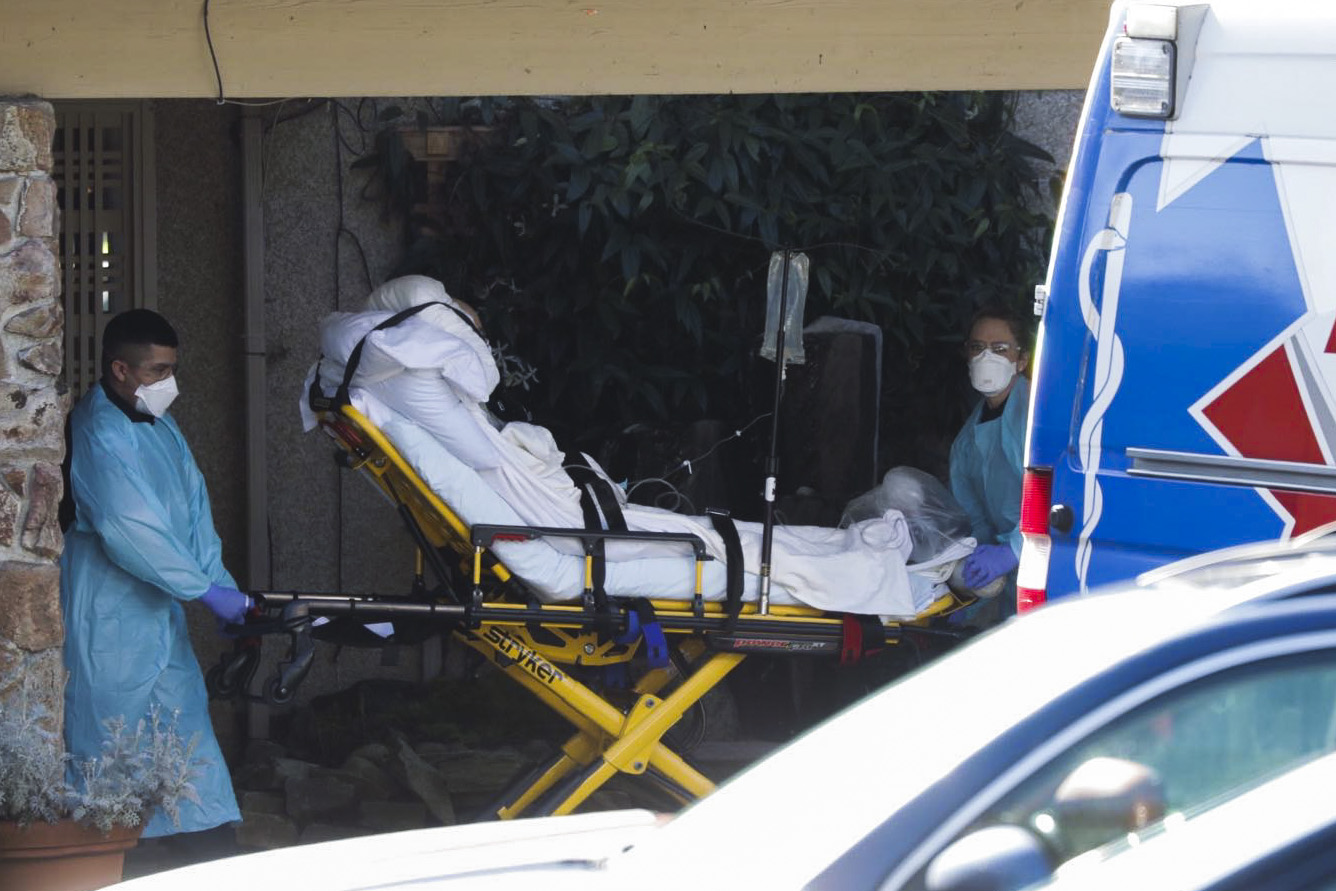
Contacted by a Public Health — Seattle & King County disease investigator after coronavirus had run its course, Schneider, 37, shared what she described as a brief conversation during which she listed the people she had been in contact with in the days surrounding her illness. She was given instructions on how to quarantine and was offered condolences.
“I don't think they're going to investigate too much,” Schneider recently told Crosscut. “They've been so inundated with cases and they're focusing on the more high-priority ones, mainly the nursing homes that have been hit really hard.”
Public Health spokesperson Keith Seinfeld acknowledged as much, noting that as COVID-19 is “now circulating widely in the community … contact tracing is less important than in the past.”
“When the numbers were much smaller, we would follow up with each individual,” Seinfeld said by email. “Now, we are not able to do case contact investigations for everyone who tests positive.”
Public Health no longer connects with each person diagnosed with coronavirus. State Health Department workers collect basic information, and county investigators may then follow up with patients who’ve worked or lived in places where people most vulnerable to the disease congregate, like long-term care centers or shelters.
Tracing data has been vital to projections forecasting the virus’ spread, including one effort by Bellevue-based Institute for Disease Modeling that predicts the number of coronavirus cases in King and Snohomish counties will double every six days. That March 10 forecast predicted the virus would kill between 30 and 400 people in the area by April 7, depending on the success of the response. (At press time, 195 people have died because of COVID-19 in Washington.)
By tracing the disease, public health workers can identify people who may need to be quarantined or tested, and identify potential hotspots like Kirkland’s Life Care Center, which has been linked to 35 deaths so far.
Tracing also offers a window on how the disease jumps between people. Disease investigators collect medical and personal details from patients, identifying connections with health centers or gatherings while also taking the names of people with whom a patient had close contact.
“It's like detective work,” said professor Janet Baseman, an epidemiologist serving as associate dean of the University of Washington’s School of Public Health. In a broad outbreak, though, tracing a disease’s path through a community becomes extremely difficult, if not impossible.
“It is a very labor-intensive process, and it is easier to do contact tracing when you have fewer cases,” Baseman continued. In places that have seen high volumes of cases like King County, New York and parts of California, such investigations “would be very taxing on a case-and-contact investigation system.”
'Patient Zero'
The two most substantial investigations conducted so far targeted the two most consequential outbreaks in the American phase of the pandemic: the United States’ “Patient Zero” at Providence Regional Medical Center in Everett, and the country’s first COVID-19 death at Life Care Center of Kirkland.
Chinese authorities reported the first cluster of inexplicable pneumonia cases to the World Health Organization on Dec. 31, 2019, at least three weeks after the outbreak is believed to have begun in Wuhan. On Jan. 7, Chinese health authorities determined that pneumonia was connected to a new coronavirus; eight days later, that virus was on a plane to Seattle-Tacoma International Airport, traveling with a 35-year-old man who had been visiting family in Wuhan.
The man, feverish and coughing for four days, arrived at an urgent care clinic on Jan. 19. He had seen a health alert issued by the Centers for Disease Control and Prevention and thought he should get checked. Given his symptoms and travel history, clinic staff contacted health officials, who in turn called the CDC. His nose and throat were swabbed, and he was sent home with instructions to remain isolated.
The following day, the CDC confirmed the man had contracted the coronavirus. He was rushed to Providence Regional Medical Center and housed in an isolation unit managed by Dr. George Diaz.
Diaz had set up the isolation unit after the 2014 Ebola outbreak. An infectious disease specialist enthusiastic about his profession, Diaz ensured that the suburban medical center was uncommonly prepared to deal with new infectious diseases. Nurses and doctors working with Patient Zero in the special pathogens unit began training others at the hospital and in Providence’s 51-hospital network to prepare for the surge.
“We had something like a month's time to get ourselves ready in terms of preparing our staff for handling patients with COVID,” Diaz said. “When we knew this surge was coming on the West Coast, at least within our health system, we began preparations immediately.”
The patient, though coughing and vomiting, was relatively stable. Fevers wracking his body caused his heart rate to spike occasionally, and he became extremely tired as his lungs began to fill with fluid.
Outside the hospital, investigators monitored people the man was known to have had contact with, according to a New England Journal of Medicine report. None developed symptoms by the time he was released in early February.
Genetic testing on a coronavirus sample collected later that month from a student at Jackson High School in Mill Creek indicated Patient Zero had passed on the virus before he went to urgent care, Fred Hutchinson Cancer Research Center researcher Trevor Bedford wrote in a March 2 blog post.
Bedford, a genomic epidemiologist developing computer models that anticipate the spread of infectious diseases, surmised that contact tracing would have proved difficult if those early carriers had few symptoms. The virus’ spread would have gone undetected because of CDC guidelines restricting testing to travelers to China or people who had direct contact with someone who recently returned.
“This lack of testing was a critical error and allowed an outbreak in Snohomish County and surroundings to grow to a sizable problem before it was even detected,” Bedford said on his blog at Bedford Lab.
The race to respond
Though weeks would pass as the virus quietly established itself in the Seattle area, Patient Zero’s arrival set researchers in motion.
At the University of Washington’s Center for Emerging and Re-emerging Infectious Diseases, researchers who had been studying bacterial tropical diseases reset to search for drugs that could treat the emerging epidemic. Dr. Wes Van Voorhis, the center’s director, said infectious disease specialists across the country united to tackle coronavirus.
“When I started hearing about this in mid-January,” Van Voorhis said, “I realized that this is going to be the next plague, the next pandemic.”
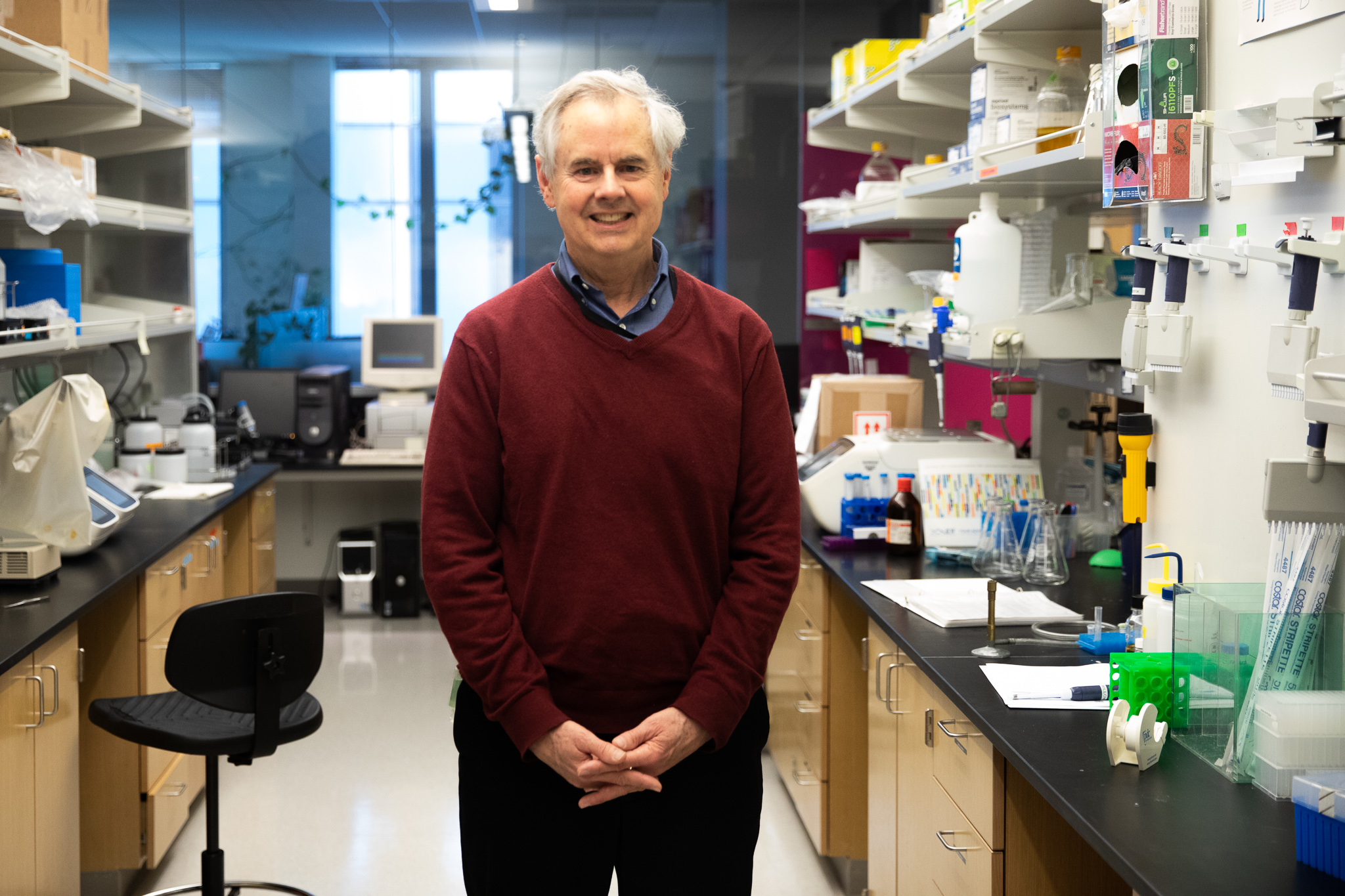
The pandemic’s American epicenter formed at Life Care Center of Kirkland, a nursing home and outpatient clinic that saw a spike in respiratory illnesses in mid-February. Residents and staff who fell ill, having tested negative for the flu, were not checked for coronavirus until Feb. 28. The first residents began to die on March 2.
An epidemiological investigation released Wednesday by the CDC found 129 cases of COVID-19 associated with the facility, including 81 of 130 residents, and 34 of 170 staff members. More than a quarter of the infected residents have died.
Investigators with the CDC and Public Health launched an investigation after the positive test, interviewing and testing patients and their loved ones, as well as workers at Life Care Center and EvergreenHealth, the Kirkland hospital where several patients were treated.
The census of infections is likely an undercount, though, as non-symptomatic staff and residents were not tested. While an emphasis has been placed on sick workers or a family member coming to the facility, there’s evidence that asymptomatic carriers of the virus can pass it. Two Germans contracted coronavirus after a meeting with a Chinese business partner whose only symptoms were a low fever and fatigue; investigators found that one of the Germans also passed on the virus on to two other people before symptoms emerged.
The original coronavirus test put out by the CDC was designed for use on people with coronavirus symptoms, said Baseman, the UW epidemiologist. New tests being developed at UW and elsewhere are meant to show whether an apparently healthy person has or had coronavirus, which would enable researchers to answer that most pressing question: How contagious are coronavirus carriers who don’t show symptoms?
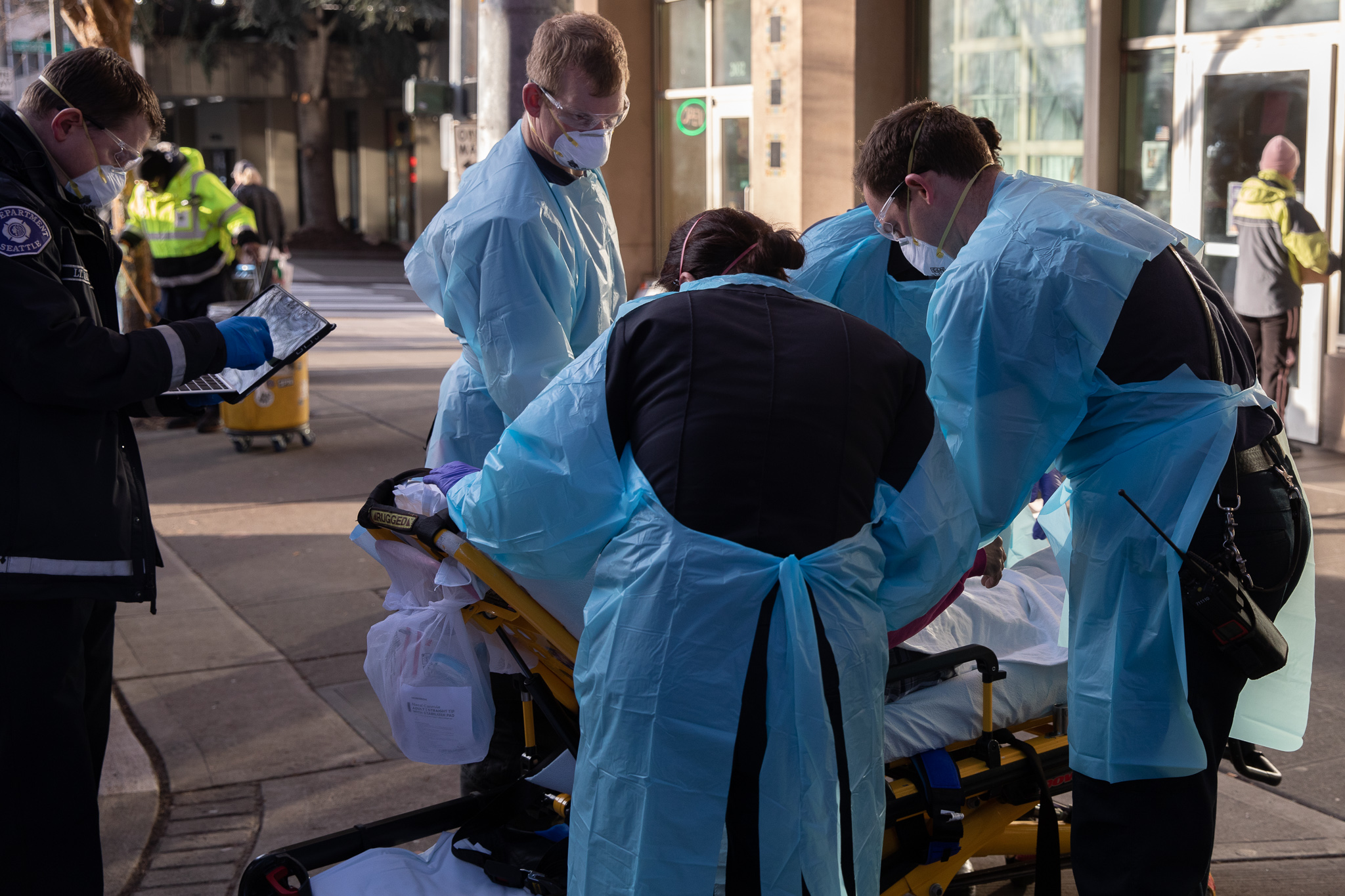
“We know from models that there are many, many more people that have this [virus] than we have identified,” the professor said. “Probably some good number of them have some symptoms, but they just haven't been tested, either because they haven't sought health care or because they … were told they couldn't get a test.”
Following the disaster at Life Care Center, surveys were emailed to 100 long-term care facilities in King County, and those that appeared to be experiencing illness clusters were contacted by phone, according to the CDC report, which was done in collaboration with local public health authorities. Emergency testing was conducted at facilities at highest risk to become the next coronavirus hotspot; at least 23 other nursing homes and assisted living facilities in the county have reported coronavirus cases.
In Everett and Kirkland, the investigations yielded information that has since been incorporated into plans to stem the virus’ spread. Still unexplained is how the virus came to Life Care Center — or Schneider’s Seattle soiree.
“We have no idea how we really got it, other than we definitely got it at the party,” Schneider said.
“There are a lot of people out there who are getting this and they have a little bit milder symptoms … and they're just thinking that they had a nasty cold or the flu,” she continued. “I think that's why this thing has spread like wildfire and that it's been here for a lot longer than public health officials thought.”
Other than those who developed symptoms, the people at the party with Schneider and her similarly infected friends were not tested for the virus. But that’s not to say all the knowledge that could be gained from, as Schneider called it, “the infamous, ill-fated house party” was lost.
Over the next few weeks, Schneider and others who have weathered coronavirus’ varying storms will be providing small blood samples to University of Washington researchers developing new ways to detect and defeat the virus. A biochemist by training, Schneider is fascinated by the science of the disease, and enthusiastic about helping build new tools to fight it.
Those tools — medicines to treat, tests to detect, systems to respond — are sorely needed as the coronavirus appears poised to surge, said Van Voorhis, the UW infectious disease doctor.
“It's just going everywhere, and part of the issue is that most places don't have the wherewithal to recognize it like we do here,” he said recently. “So hopefully we'll get everybody educated and get the testing out there that can get that done before we get more disasters, like in that poor nursing home.”


